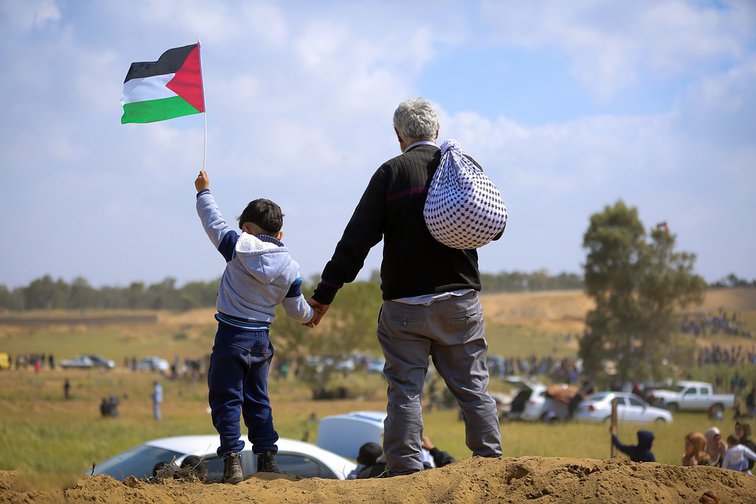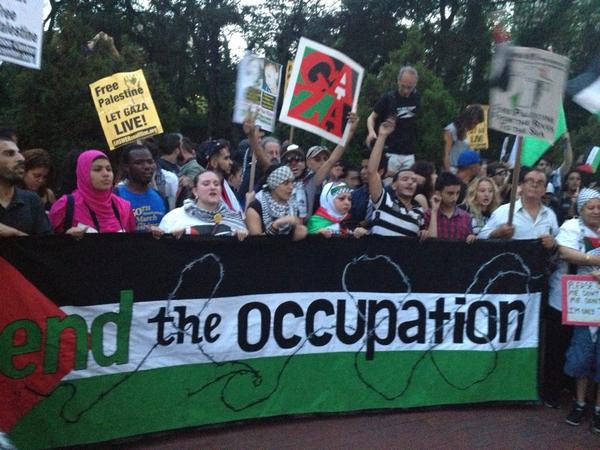The world’s poorest populations suffered a huge economic blow from the novel coronavirus pandemic. Their impoverished conditions were brought to sharp relief in an environment of death, fear and agony. The poor have largely remained invisible to counterparts who are better-off when in fact, 698 million people live under the standard absolute international poverty line of $1.90 a day or in extreme poverty. They are our neighbors, the people who work in our households, the people we encounter on our travels. Reducing extreme poverty is even more significant when the prevalent excessive inequality is taken into account. The increase in billionaires’ wealth by $10.2 trillion during the COVID crisis is but one example of the status quo.
Extreme poverty – A Snapshot
The World Bank began publishing data on extreme poverty from 1981 onwards but as far back as 1820, a vast majority of people lived in impoverished conditions. Economic growth over the past two centuries lifted people out of poverty even as the world population rose over the same time. Industrialization, a key avenue for economic development, was among the major drivers of employment growth and poverty reduction. Economic liberalization, education and skill-building, technologies and infrastructure, and government interventions, played roles in alleviating poverty.
Impact of COVID19 on extreme poverty
Unfortunately, the COVID19 pandemic disrupted the steady gains in extreme poverty reduction. According to the World Bank, it has led to an additional 120 people living in poverty, and the number is expected to increase to 150 million by the end of 2021.
Lockdowns announced by governments worldwide hit businesses. Some went under, contributing to rising unemployment. Others cut wages, affecting workers’ ability to meet household needs and compelling them to take on debt to pay for medical emergencies and other expenses their salaries and savings could not cover. In India, informal workers were among the worst hit as construction halted and borders closed at the same time as employment opportunities dried up.
The economic blow isn’t expected to heal anytime soon. The International Labour Organization (ILO), in its 2020 Global Wage report noted that wages had fallen or were growing slowly in the first half of 2020. The Organization also warned that COVID19 was ‘likely to inflict massive downward pressure on wages in the near future’, with ‘women and low-paid workers disproportionately affected by the crisis’.
Before COVID-19 struck, two other issues – conflict and climate change – were standing in the way of extreme poverty reduction. Climate change, which includes global warming and large-scale shifts in weather resulting from human actions, makes the poor sink deeper into poverty. It has a disproportionate effect on farmers depending on whether they’re ably supported by government policies during climate crises. The destruction, violence and displacement engendered by civil conflict also has a debilitating effect on the economic condition of affected populations.
How does climate change affect poverty?
The extreme weather events brought about by climate change threaten communities that lack the basic infrastructure to support them against climate impacts. These front-line communities often have no option but to move away from their homes and seek out new livelihoods, increasing the likelihood of hunger and poverty.
Climate change not only changes the weather, it causes more frequent and destructive earthquakes and tsunamis. Loss of property or limb massively burdens people already living in poverty.
About 78 percent of the world’s poorest people live in rural areas and rely on agriculture for subsistence. Climate change can worsen drought, threatening livelihoods, particularly those of poor agrarian populations in developing countries.
The ensuing food shortage can trigger conflict and displace populations. In the absence of government insurance or financial assistance, farmers are left to support themselves and the odds that they will plunge deeper into poverty increase.
Climate change has varying impacts on populations and countries. Puerto Rico is still recovering from Hurricane Maria that struck in 2017 and resulted in $90 billion in damage. The poorest communities suffered the most while the wealthy fled the island or managed to rebuild their homes.
How is conflict a cause of poverty?
Violent conflict intensifies poverty in a number of ways, from destroying infrastructure, production, assets and institutions, to increasing unemployment and inflation. It causes the forced displacement of populations and separation of families. Civil conflicts can make well-off households more vulnerable to poverty. In Rwanda, the Hutus, after claiming power after generations of cyclical poverty, waged genocide against the previously-dominant Tutsi people, making them more vulnerable to poverty.
Today, the highest levels of poverty are present in countries most affected by conflict, including Columbia, Rwanda, Syria and Uganda. The Syrian Civil war wiped out the country’s middle class, and over 80% of its population lives below the poverty line. It is likely that a vast majority of Syrians are trapped in chronic poverty and may pass poverty on to future generations.
Poverty reduction programs
Many countries worldwide have implemented poverty reduction programs aimed at increasing the income-generating capacity of their poorest populations. Decades of rapid growth enabled China to help reduce the global rate of poverty by 70 percent. The country has established assistance funds and provided scholarships to people in developing countries to pursue education in China. Between 1981 and 2013, it lifted 850 million out of poverty.
Tanzania is one of the world’s poorest economies in terms of per capita income. The country has made huge strides in easing extreme poverty by reducing income poverty, increasing access to basic necessities, rebuilding government infrastructure and renewing public-private partnerships. In 2000, 86 percent of Tanzanians were impoverished; by 2018 this number fell to 28 per cent.
Tajikistan, the poorest of the former Soviet Union states, has made steady gains in growing its economy and reducing extreme poverty. Between 2000 and 2018, the landlocked country’s poverty rate fell from 83 percent to 27.4 percent of the population.
Many People Still Living in Extreme Poverty Worldwide
The world’s poorest populations suffered a huge economic blow from the novel coronavirus pandemic. Their impoverished conditions were brought to sharp relief in an environment of death, fear and agony. The poor have largely remained invisible to counterparts who are better-off when in fact, 698 million people live under the standard absolute international poverty line of $1.90 a day or in extreme poverty. They are our neighbors, the people who work in our households, the people we encounter on our travels. Reducing extreme poverty is even more significant when the prevalent excessive inequality is taken into account. The increase in billionaires’ wealth by $10.2 trillion during the COVID crisis is but one example of the status quo.
Extreme poverty – A Snapshot
The World Bank began publishing data on extreme poverty from 1981 onwards but as far back as 1820, a vast majority of people lived in impoverished conditions. Economic growth over the past two centuries lifted people out of poverty even as the world population rose over the same time. Industrialization, a key avenue for economic development, was among the major drivers of employment growth and poverty reduction. Economic liberalization, education and skill-building, technologies and infrastructure, and government interventions, played roles in alleviating poverty.
Impact of COVID19 on extreme poverty
Unfortunately, the COVID19 pandemic disrupted the steady gains in extreme poverty reduction. According to the World Bank, it has led to an additional 120 people living in poverty, and the number is expected to increase to 150 million by the end of 2021.
Lockdowns announced by governments worldwide hit businesses. Some went under, contributing to rising unemployment. Others cut wages, affecting workers’ ability to meet household needs and compelling them to take on debt to pay for medical emergencies and other expenses their salaries and savings could not cover. In India, informal workers were among the worst hit as construction halted and borders closed at the same time as employment opportunities dried up.
The economic blow isn’t expected to heal anytime soon. The International Labour Organization (ILO), in its 2020 Global Wage report noted that wages had fallen or were growing slowly in the first half of 2020. The Organization also warned that COVID19 was ‘likely to inflict massive downward pressure on wages in the near future’, with ‘women and low-paid workers disproportionately affected by the crisis’.
Before COVID-19 struck, two other issues – conflict and climate change – were standing in the way of extreme poverty reduction. Climate change, which includes global warming and large-scale shifts in weather resulting from human actions, makes the poor sink deeper into poverty. It has a disproportionate effect on farmers depending on whether they’re ably supported by government policies during climate crises. The destruction, violence and displacement engendered by civil conflict also has a debilitating effect on the economic condition of affected populations.
How does climate change affect poverty?
The extreme weather events brought about by climate change threaten communities that lack the basic infrastructure to support them against climate impacts. These front-line communities often have no option but to move away from their homes and seek out new livelihoods, increasing the likelihood of hunger and poverty.
Climate change not only changes the weather, it causes more frequent and destructive earthquakes and tsunamis. Loss of property or limb massively burdens people already living in poverty.
About 78 percent of the world’s poorest people live in rural areas and rely on agriculture for subsistence. Climate change can worsen drought, threatening livelihoods, particularly those of poor agrarian populations in developing countries.
The ensuing food shortage can trigger conflict and displace populations. In the absence of government insurance or financial assistance, farmers are left to support themselves and the odds that they will plunge deeper into poverty increase.
Climate change has varying impacts on populations and countries. Puerto Rico is still recovering from Hurricane Maria that struck in 2017 and resulted in $90 billion in damage. The poorest communities suffered the most while the wealthy fled the island or managed to rebuild their homes.
How is conflict a cause of poverty?
Violent conflict intensifies poverty in a number of ways, from destroying infrastructure, production, assets and institutions, to increasing unemployment and inflation. It causes the forced displacement of populations and separation of families. Civil conflicts can make well-off households more vulnerable to poverty. In Rwanda, the Hutus, after claiming power after generations of cyclical poverty, waged genocide against the previously-dominant Tutsi people, making them more vulnerable to poverty.
Today, the highest levels of poverty are present in countries most affected by conflict, including Columbia, Rwanda, Syria and Uganda. The Syrian Civil war wiped out the country’s middle class, and over 80% of its population lives below the poverty line. It is likely that a vast majority of Syrians are trapped in chronic poverty and may pass poverty on to future generations.
Poverty reduction programs
Many countries worldwide have implemented poverty reduction programs aimed at increasing the income-generating capacity of their poorest populations. Decades of rapid growth enabled China to help reduce the global rate of poverty by 70 percent. The country has established assistance funds and provided scholarships to people in developing countries to pursue education in China. Between 1981 and 2013, it lifted 850 million out of poverty.
Tanzania is one of the world’s poorest economies in terms of per capita income. The country has made huge strides in easing extreme poverty by reducing income poverty, increasing access to basic necessities, rebuilding government infrastructure and renewing public-private partnerships. In 2000, 86 percent of Tanzanians were impoverished; by 2018 this number fell to 28 per cent.
Tajikistan, the poorest of the former Soviet Union states, has made steady gains in growing its economy and reducing extreme poverty. Between 2000 and 2018, the landlocked country’s poverty rate fell from 83 percent to 27.4 percent of the population.
Addressing extreme poverty is a challenge that countries must tackle proactively and smartly. Apart from accelerating economic growth, reducing aspects of inequality and pursuing inclusive growth can give the extreme poor a leg up to emerge from their dire situation.

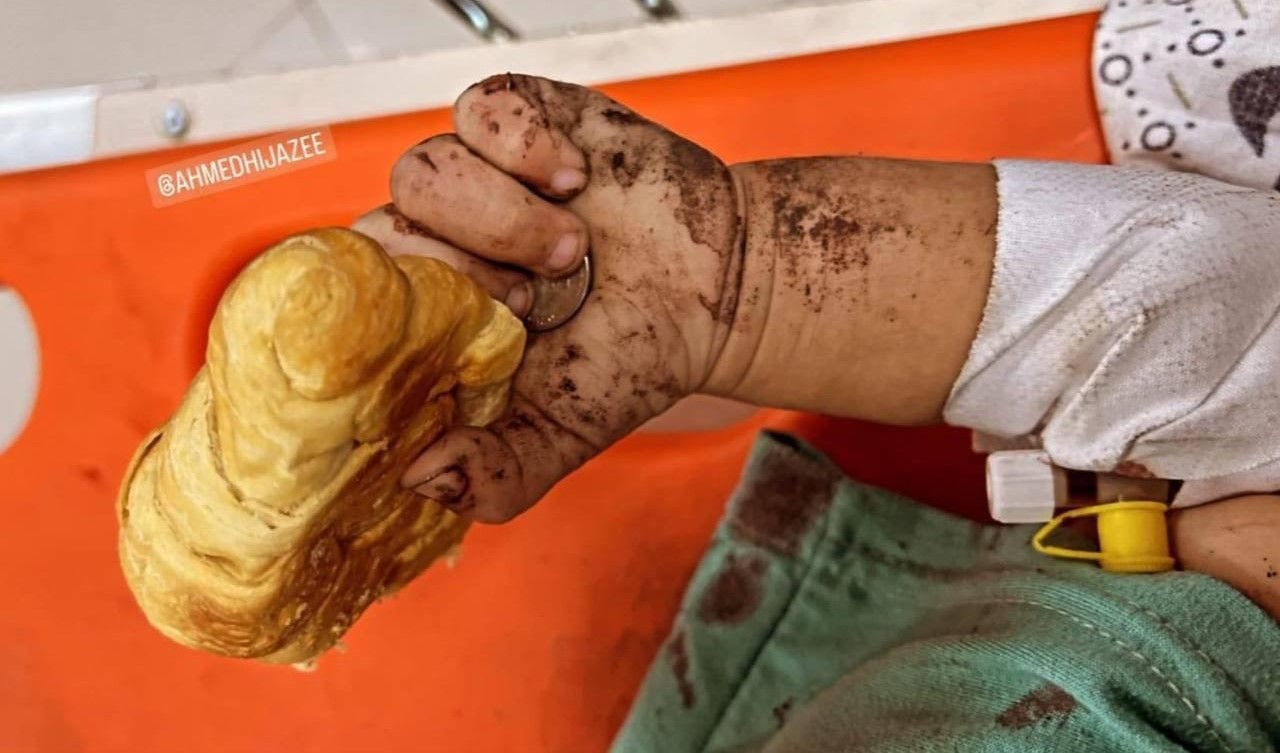

 Featured9 months ago
Featured9 months ago
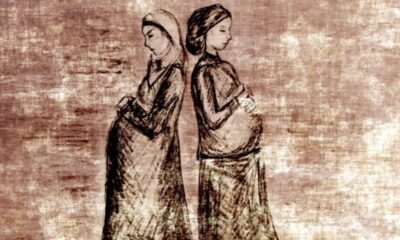

 Featured10 months ago
Featured10 months ago


 Featured2 years ago
Featured2 years ago


 Featured4 years ago
Featured4 years ago
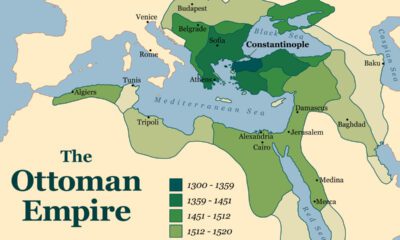

 Featured3 years ago
Featured3 years ago


 Featured10 months ago
Featured10 months ago


 Featured2 years ago
Featured2 years ago


 Featured4 years ago
Featured4 years ago